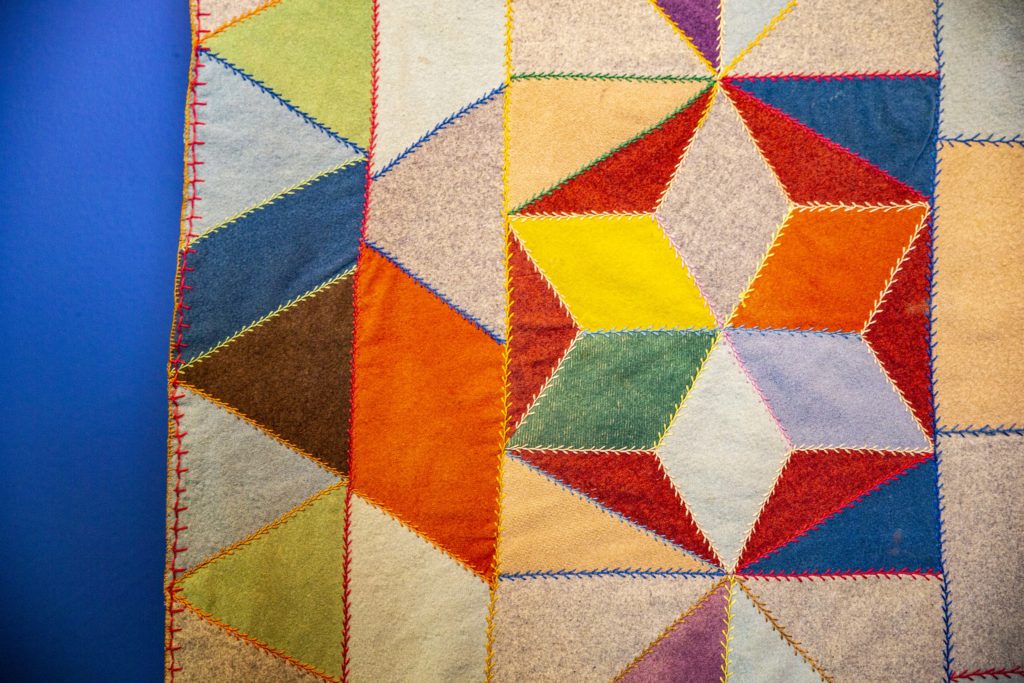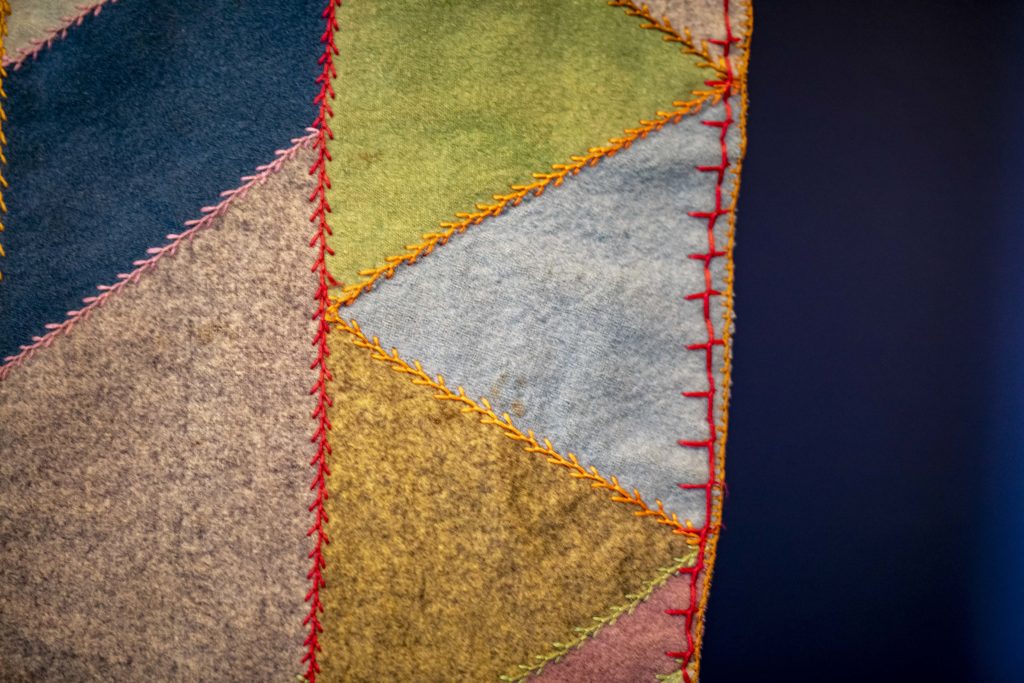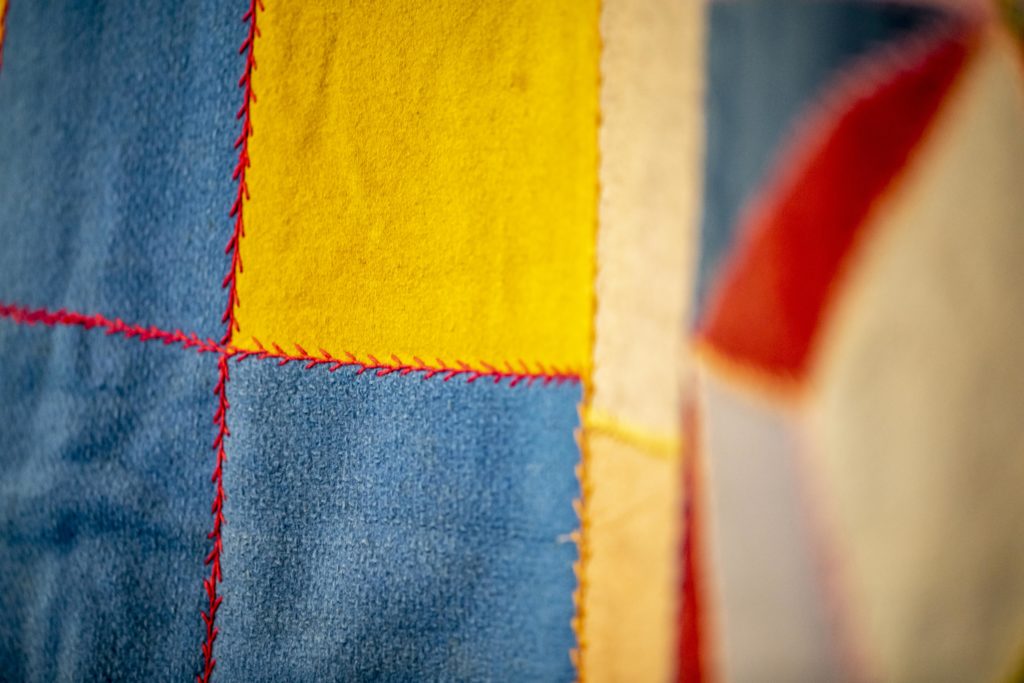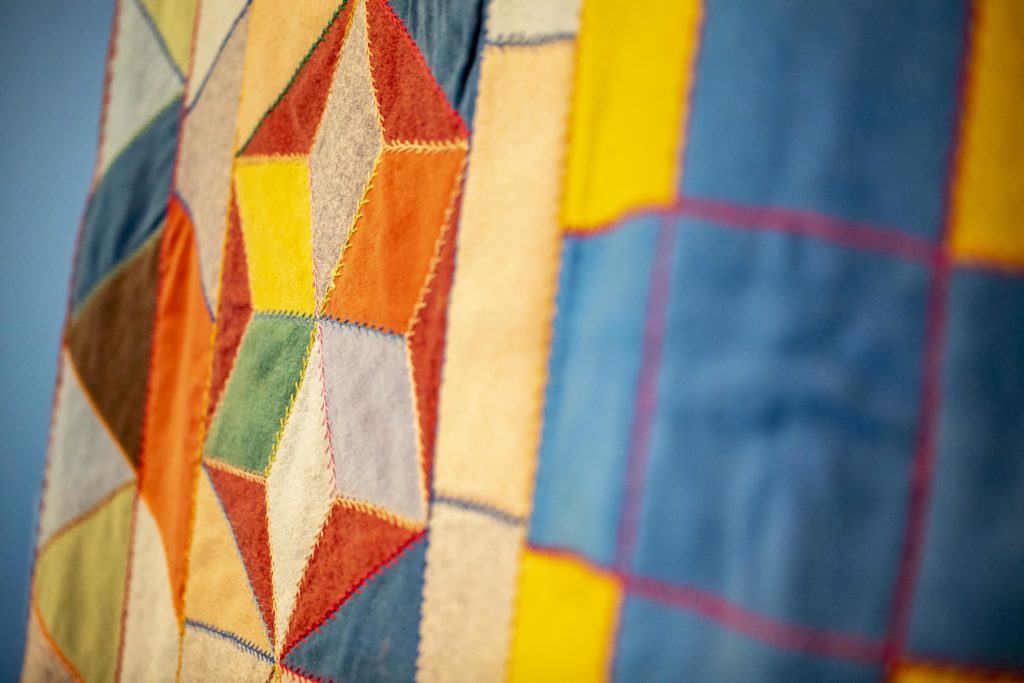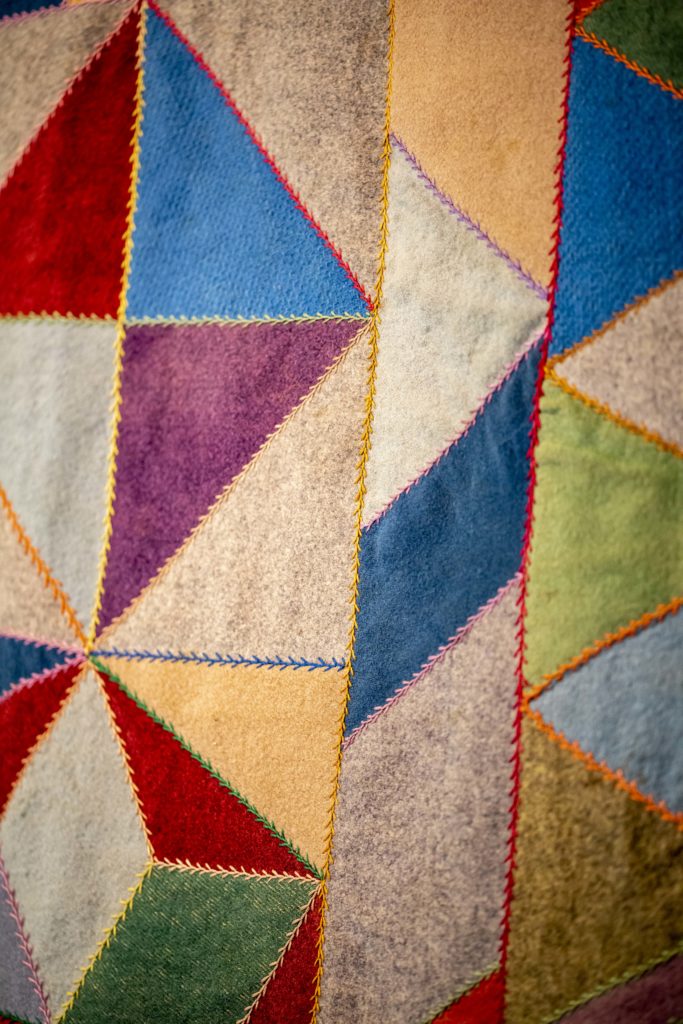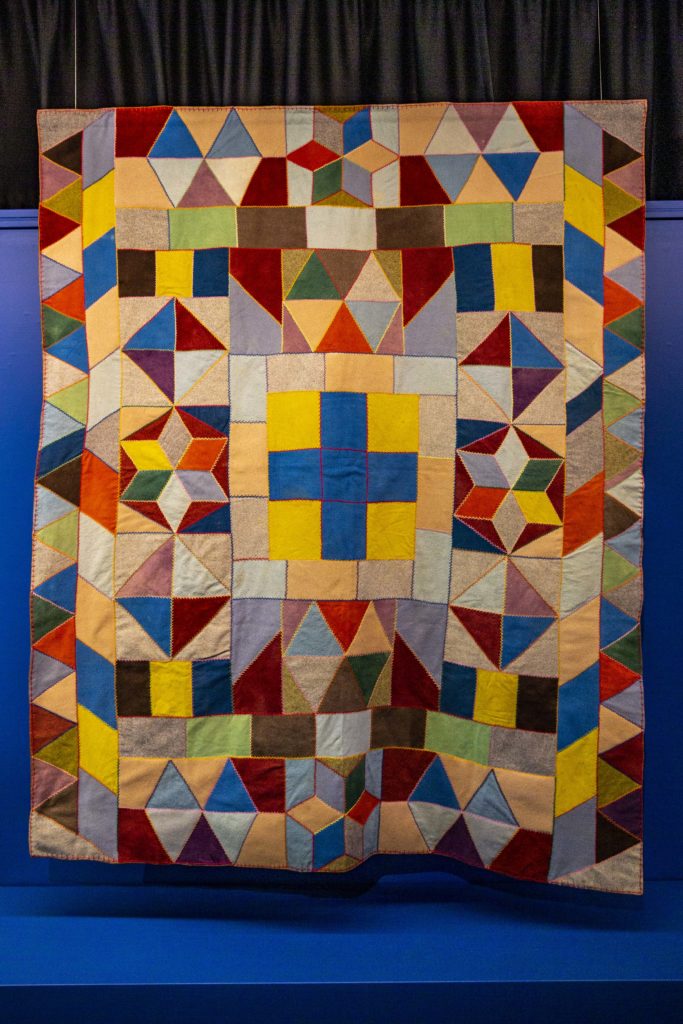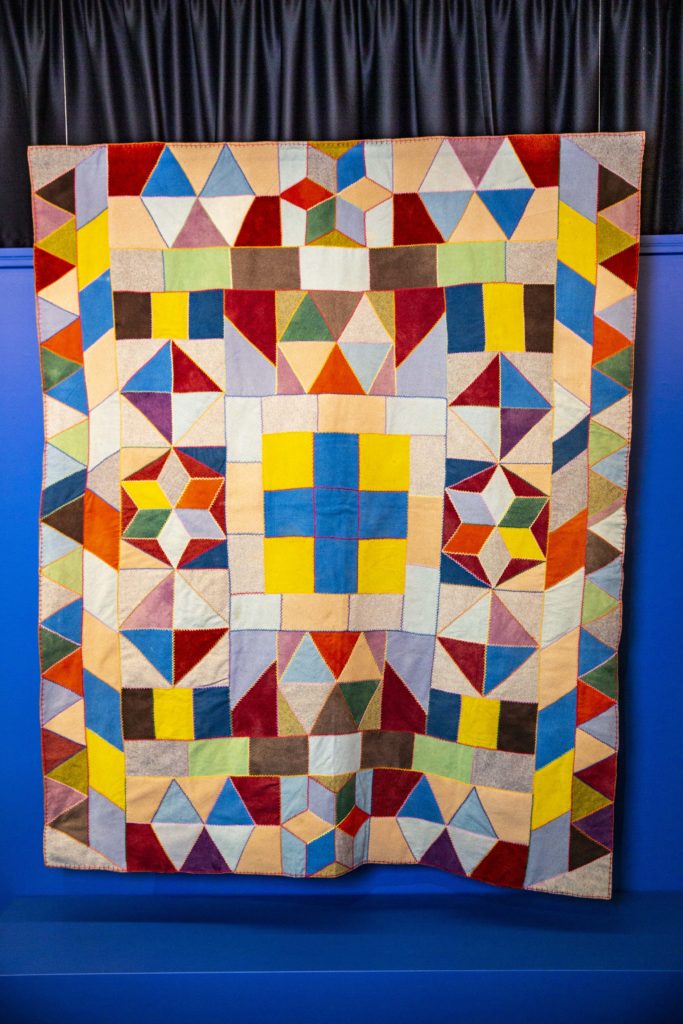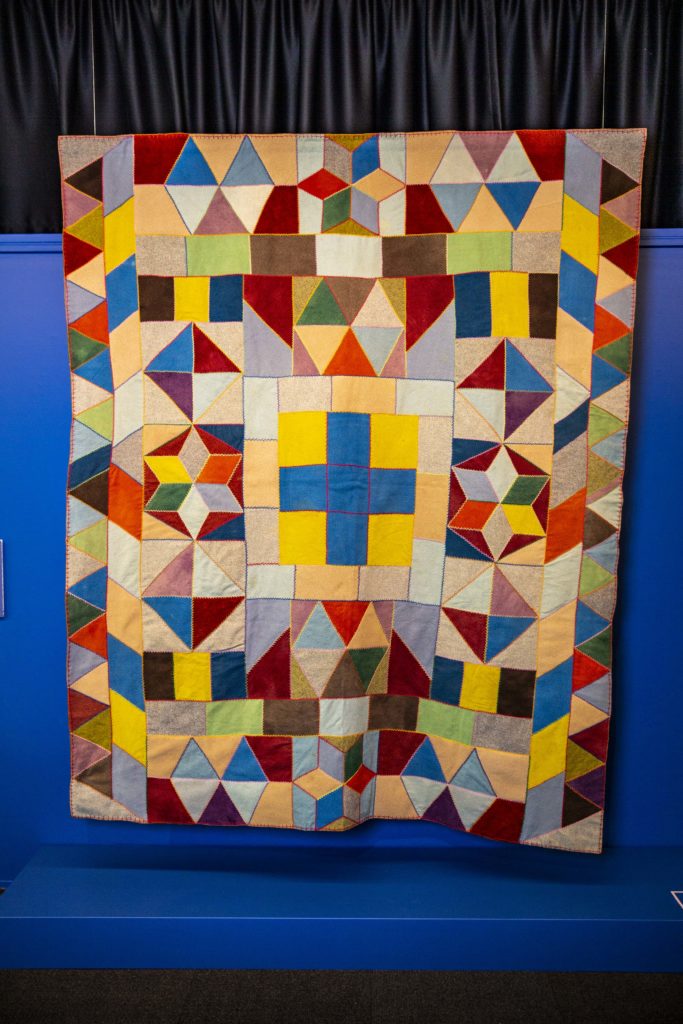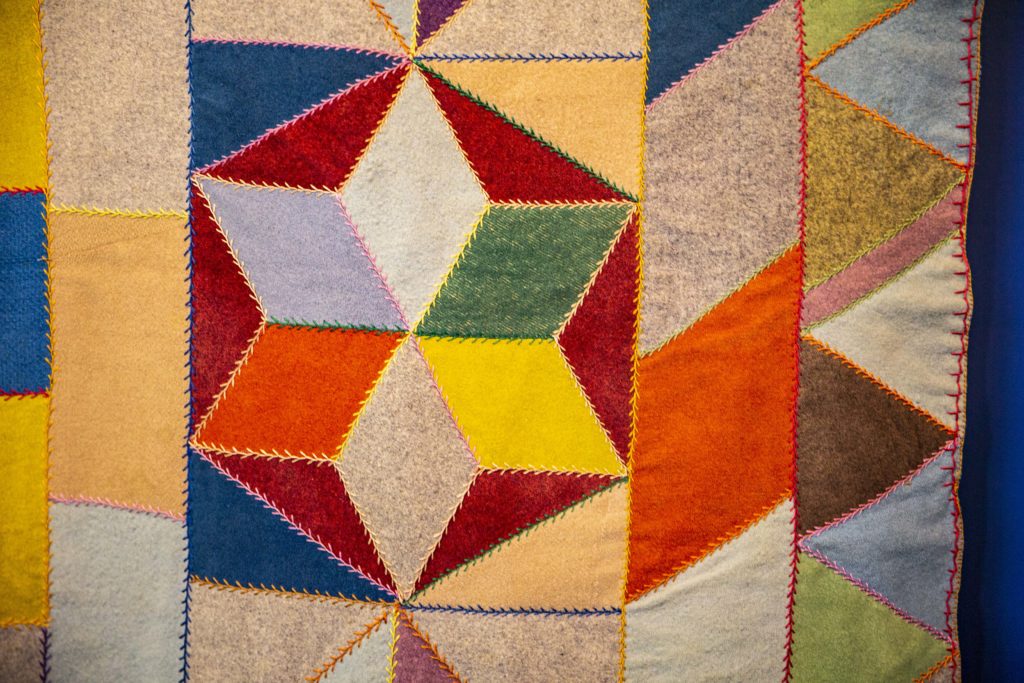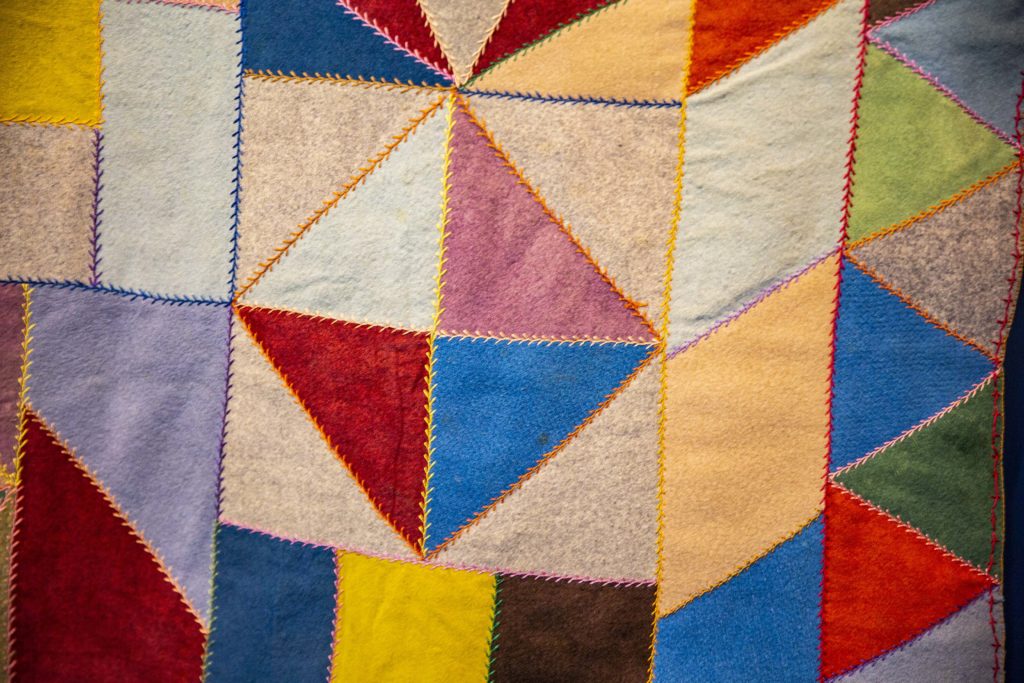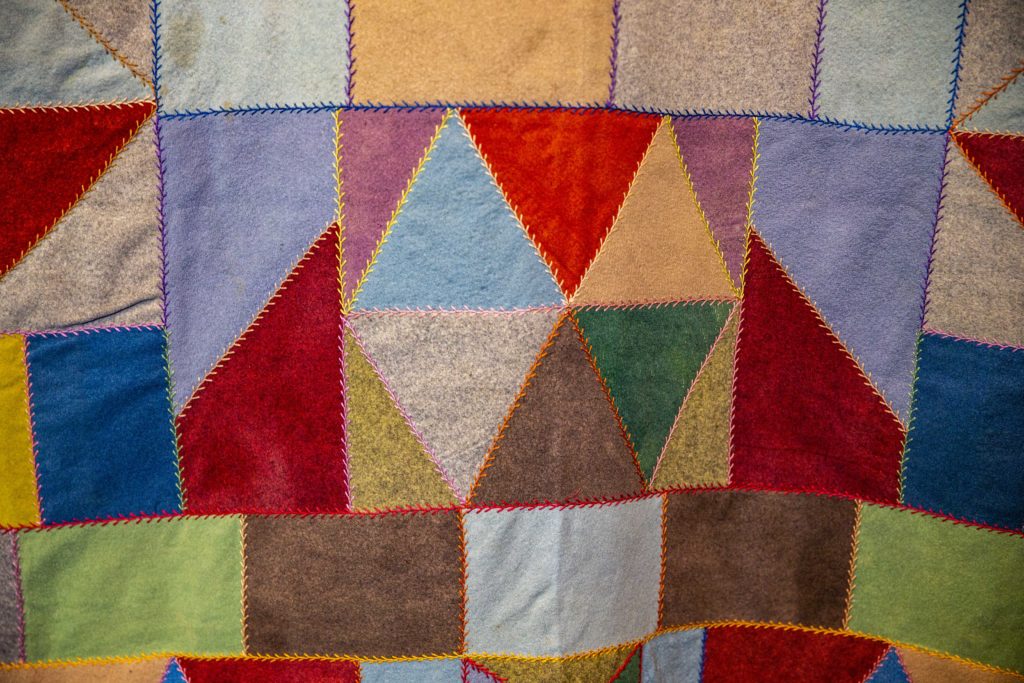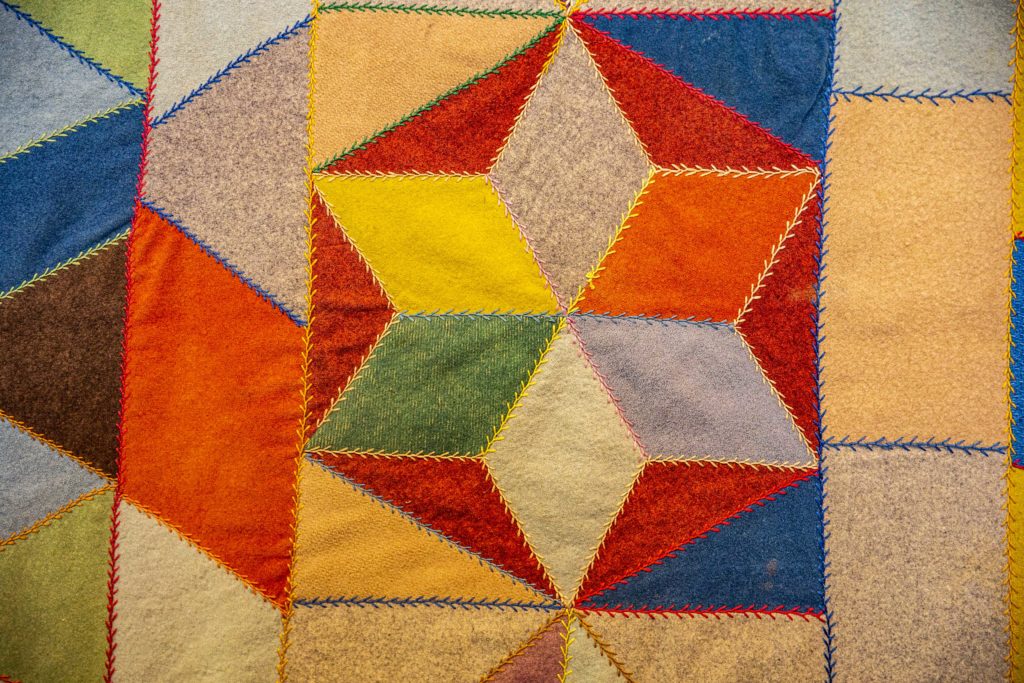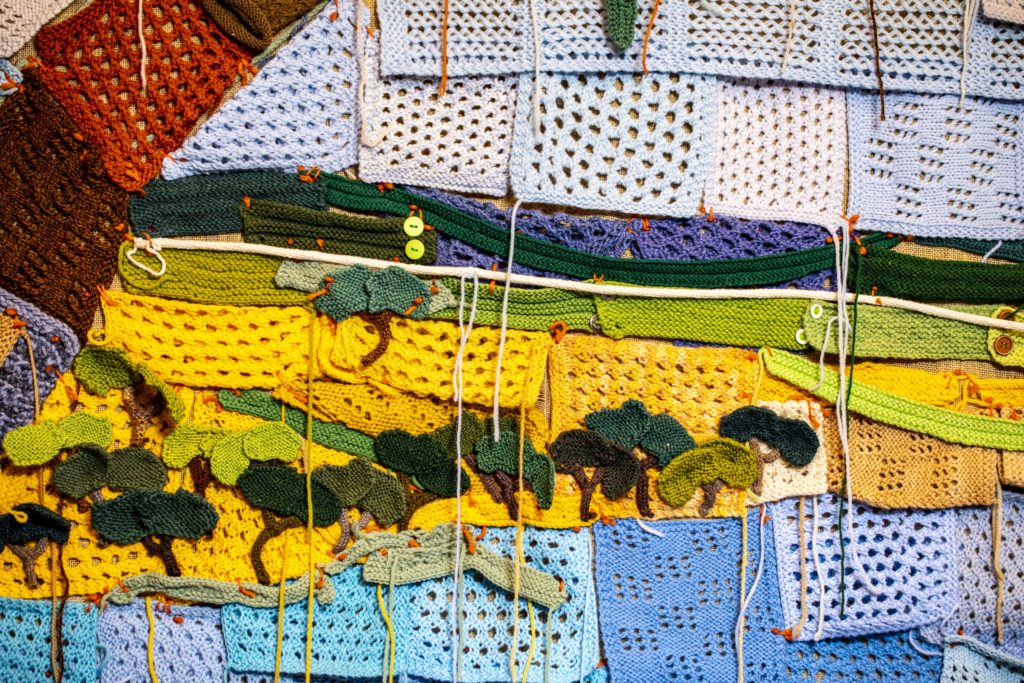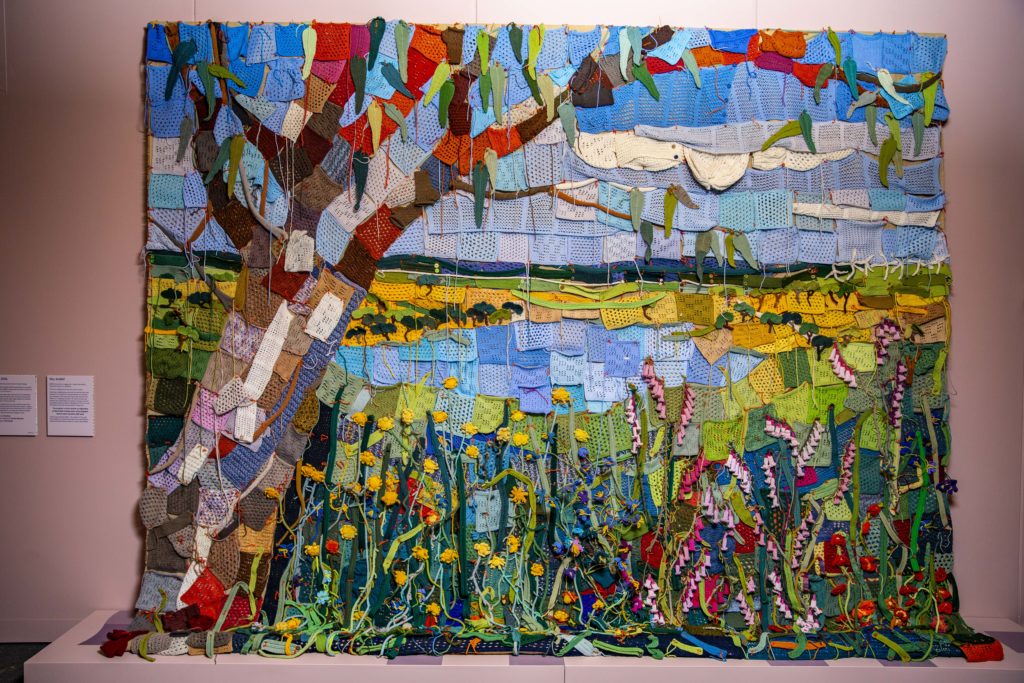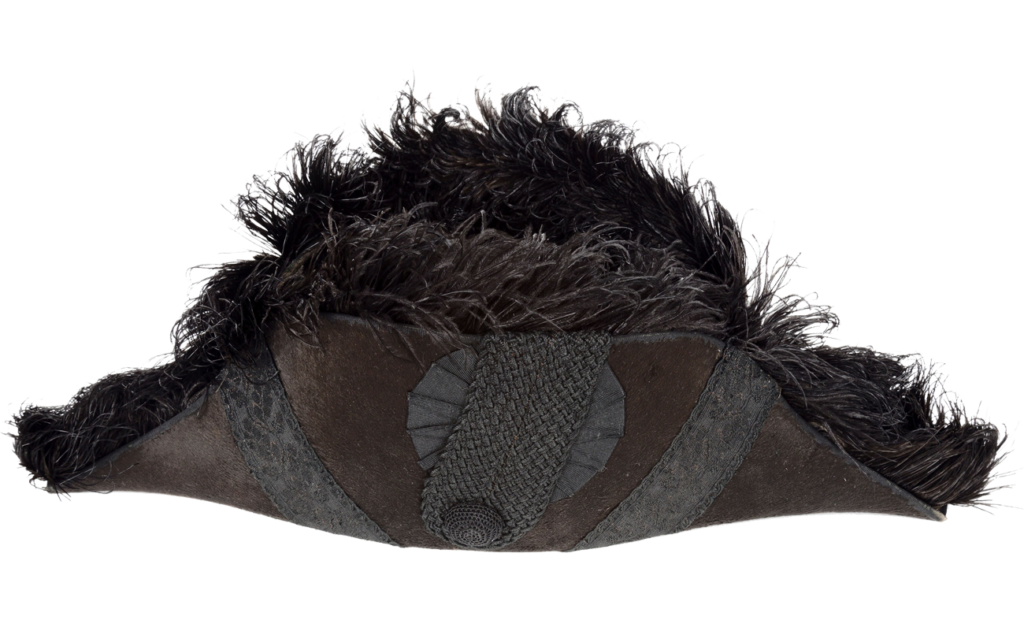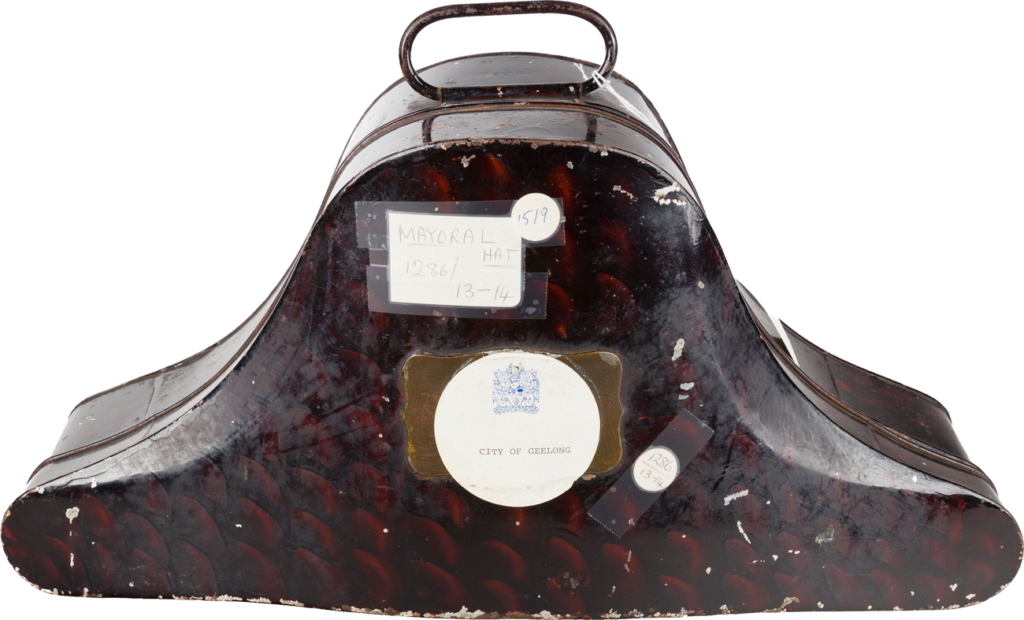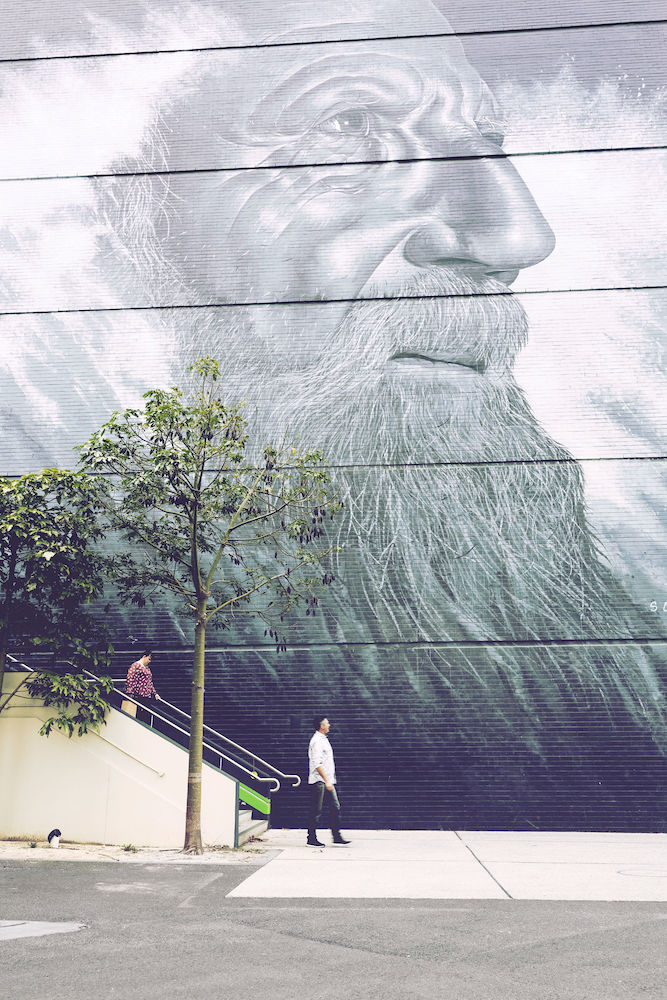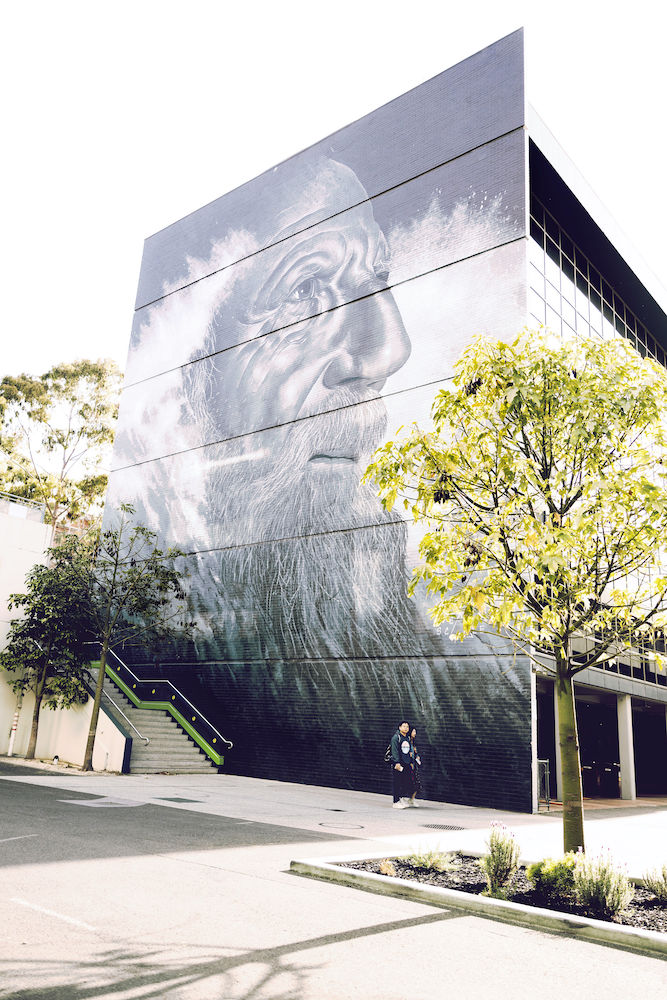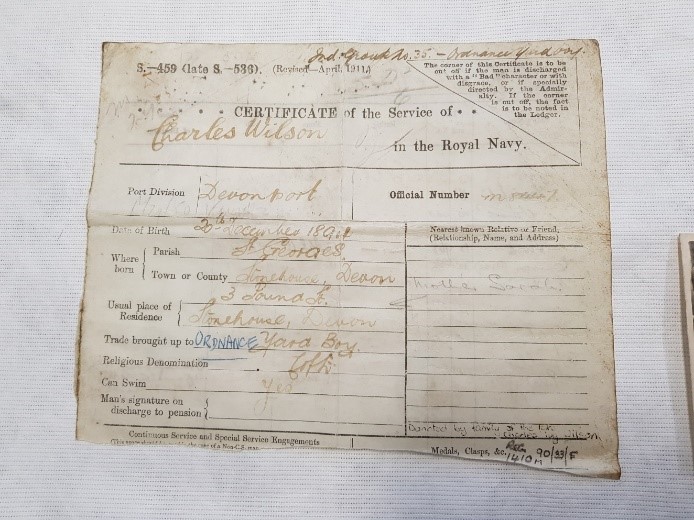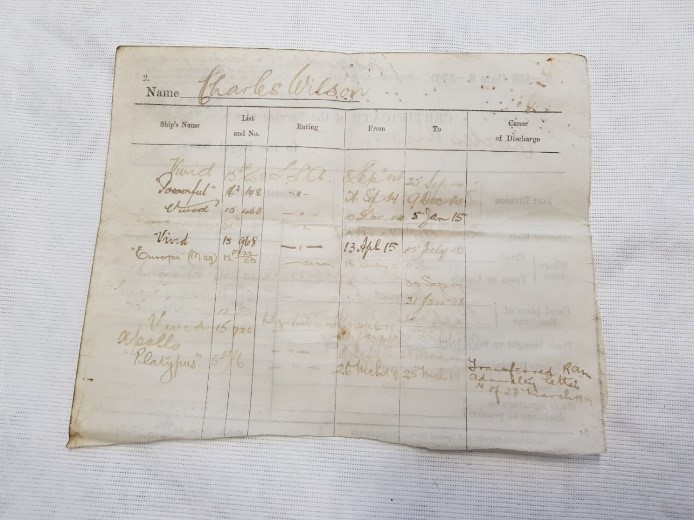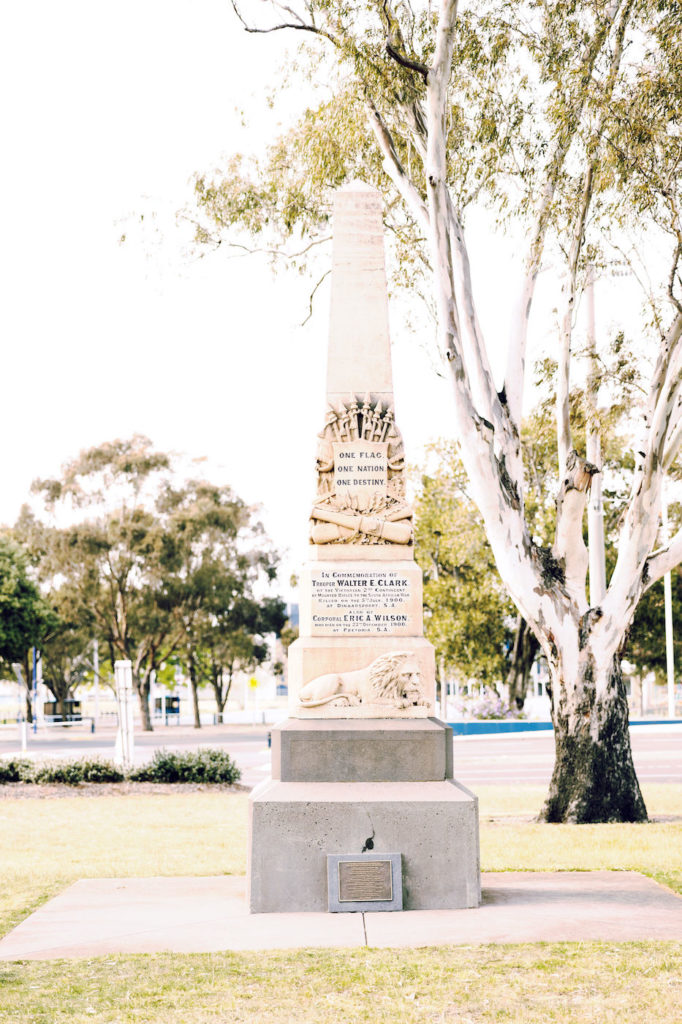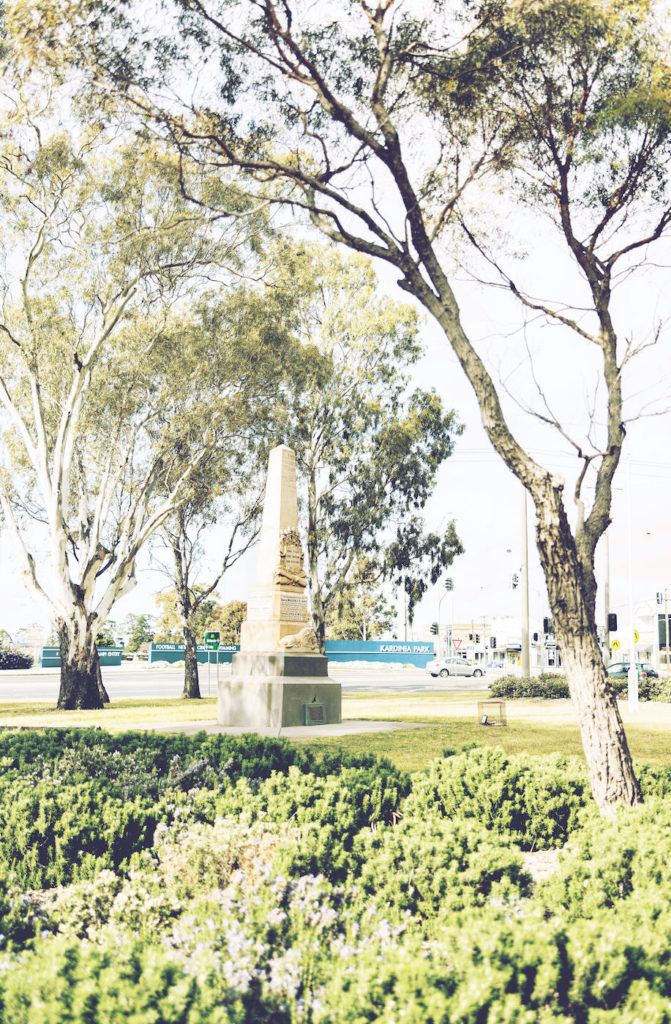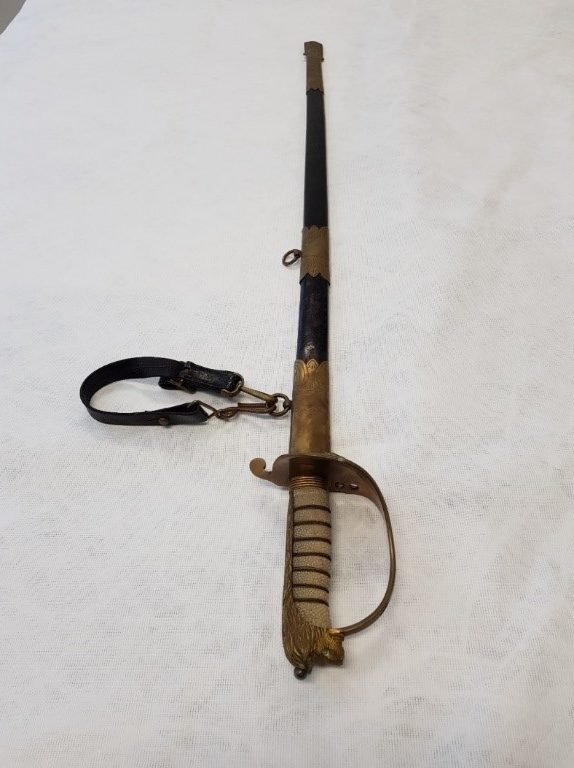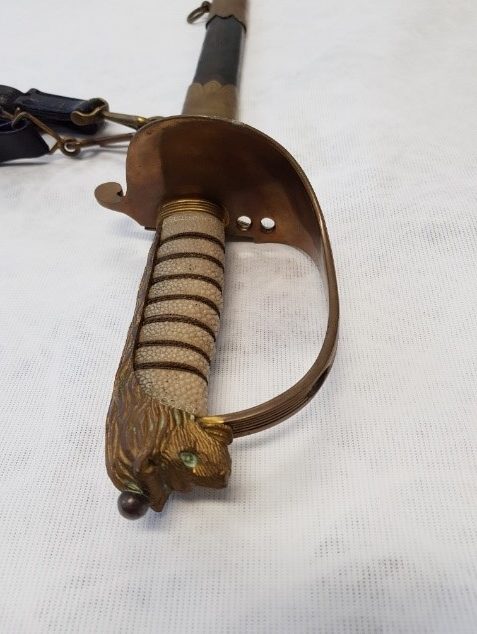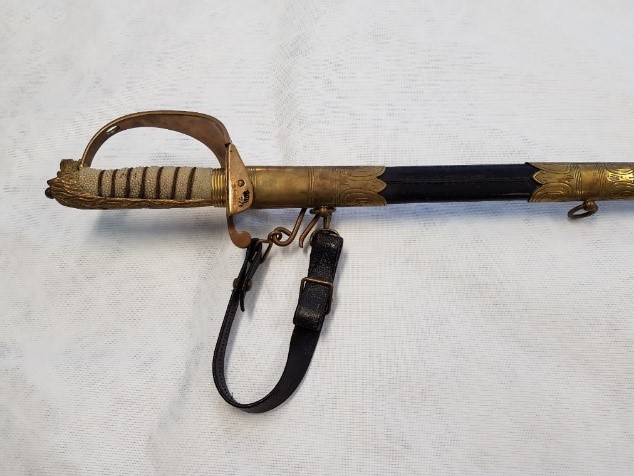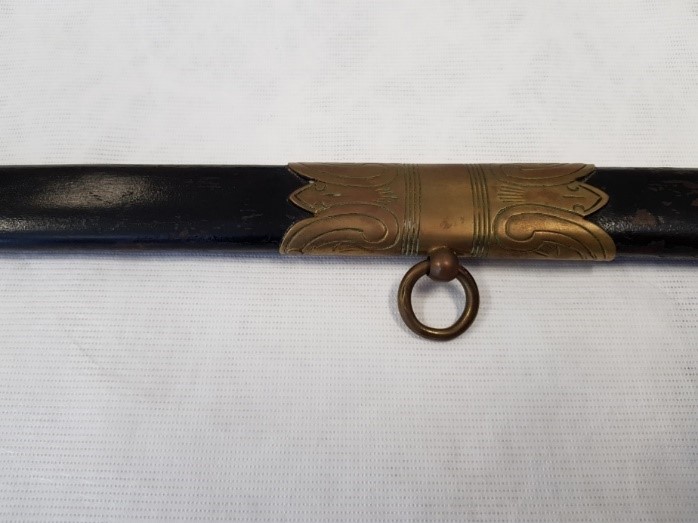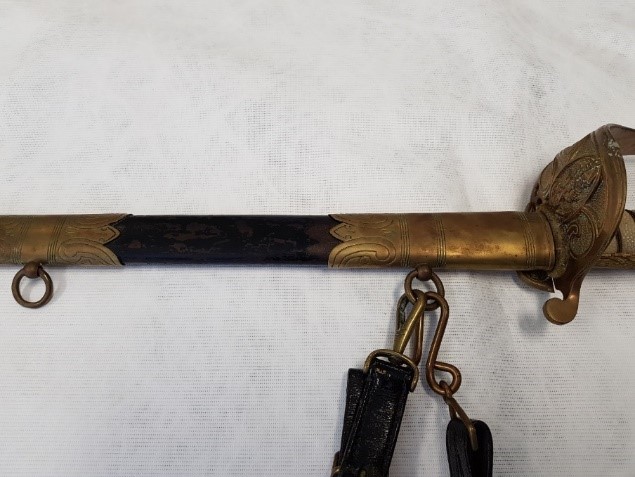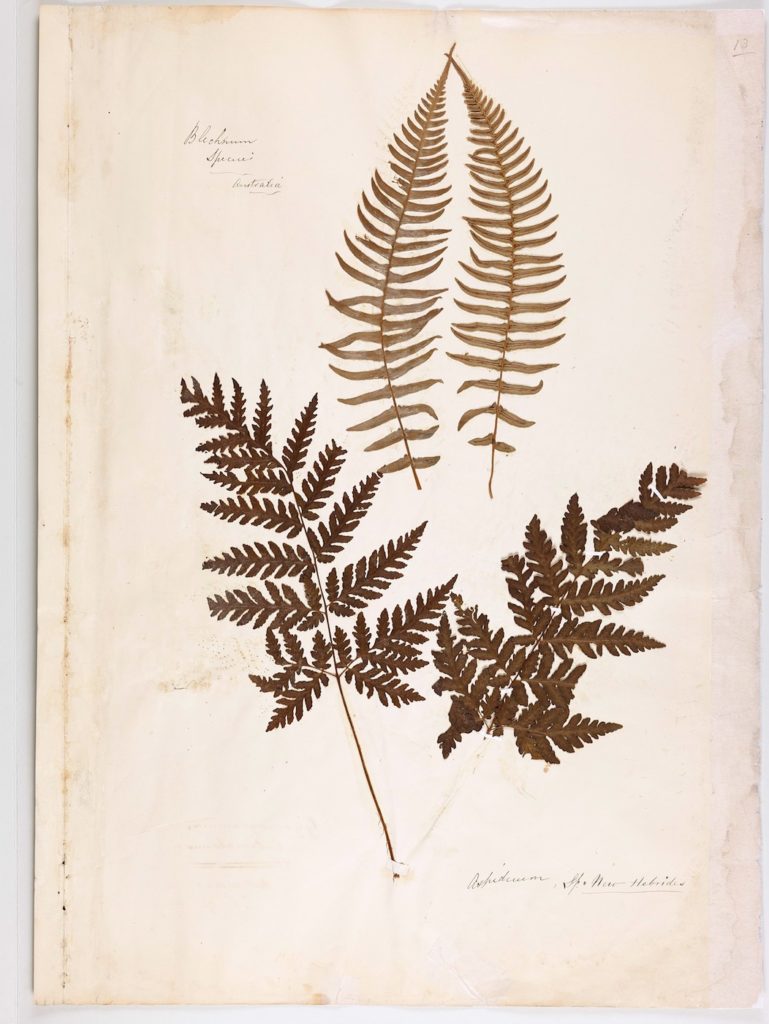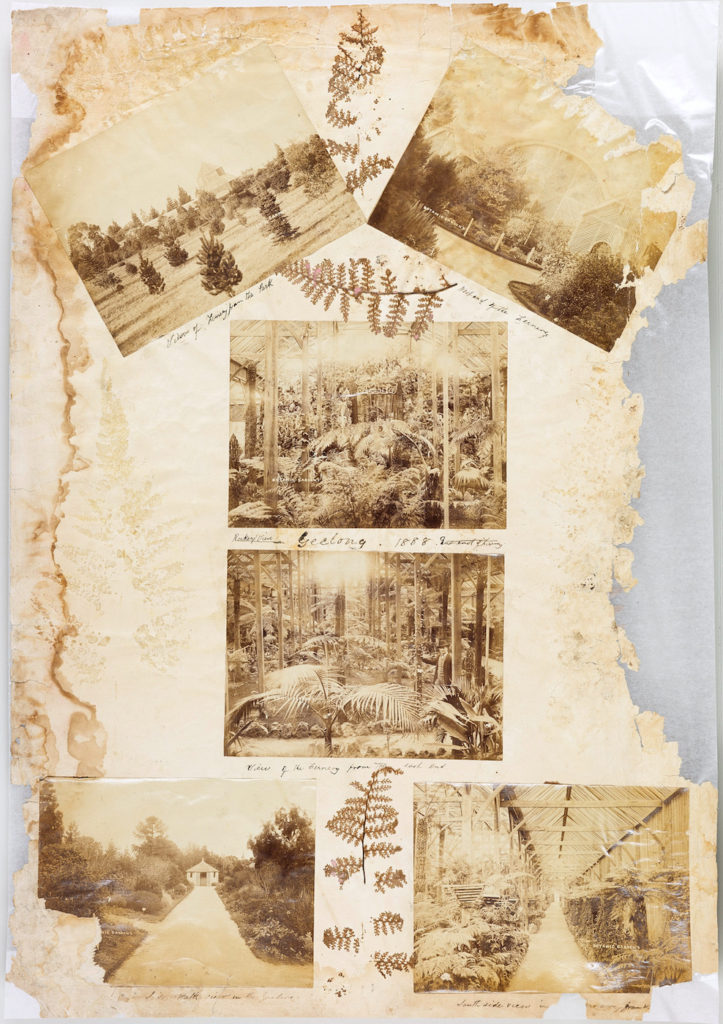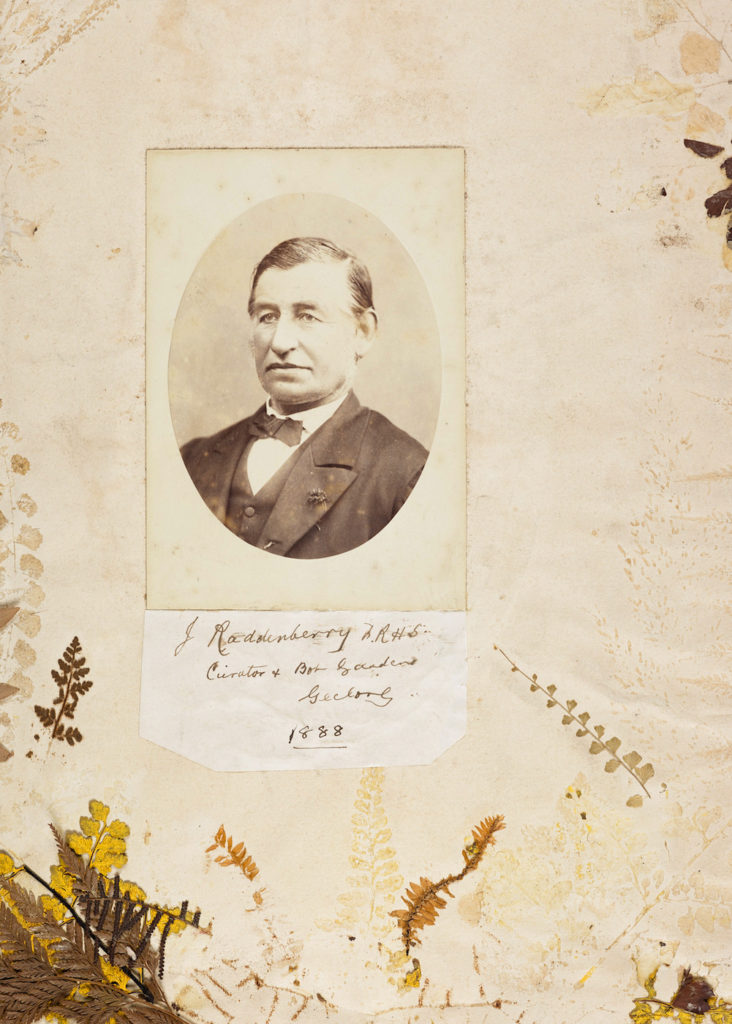Harry Walter Wilton’s Quilt
This quilt was made by Harry Walter Hewitt Wilton (1872-1950). Harry joined the Essex Regiment and served in the British Military in India and also served in the Second Boer War. He married the seamstress Mary Elizabeth in India in 1895. Harry was injured during battle and made this quilt as part of his rehabilitation. The quilt was made using woollen army singlets. Harry and Mary moved to a farm near Orbost, Victoria, in 1914. The quilt remained in the family until 2019.
WARM
WARM was a community project about why the earth is warming and what people can do about it. It was led by the artist collective called SEAM – Sustainable Environment Arts Movement. It comprises two large-scale artworks created by Lars Stenberg. First, a landscape scarred by coal mining. Second, the same landscape many decades later, regenerated and renewed after the closure of the coal mine. In 2016, 250 knitters from across Australia created more than 1,000 knitted pieces. During several days of installation, these knitted pieces were assembled to create the image of the renewed landscape. WARM was a sustainable project. All knitted elements were from left over, reused or organic wool. Any unavoidable emissions created as a result of delivering the project were offset by trees planted by Fifteen Trees. WARM has recently found a permanent home in the National Wool Museum’s Collection. Paintings by Lars Stenberg
Knitted pieces designed by Georgie Nicholson
Graphic design by Mel Stanger
Stained Glass Window
This stained glass was originally installed at Geelong Town Hall following its expansion in 1917. The Geelong Council involved the staff and former students of the Gordon Technical College in designing the artwork and aesthetic of the building. Arthur S. Pittock, former student and local glazier, was responsible for the design and construction of the large stained glass window in the stair hall. The window was described as “a special feature” in the new building with the leaded glass work using “the motif throughout in Greek form, of admirable colour”. The window showcases the City of Geelong’s original coat of arms, featuring images of Geelong’s early industries: sailing, wool, wine and wheat production, and a kangaroo as an inescutcheon.
During the redevelopment of City Hall in the late 1960s the stained glass window was removed from the building and placed in the basement carpark. The National Wool Museum has taken responsibility of the window and removed it from the carpark to be conserved and housed safely.
The surviving City Hall window is the most elaborate, known surviving stained glass window by Pittock.
Watch the full story of the Stained Glass Window at https://vimeo.com/466047641
Town Clerk Chest
Painted black enamel metal chest, thought to be the original lock box used by William Weire, the first Town Clerk of Geelong. It was used to store important documents such as early leases and agreements.
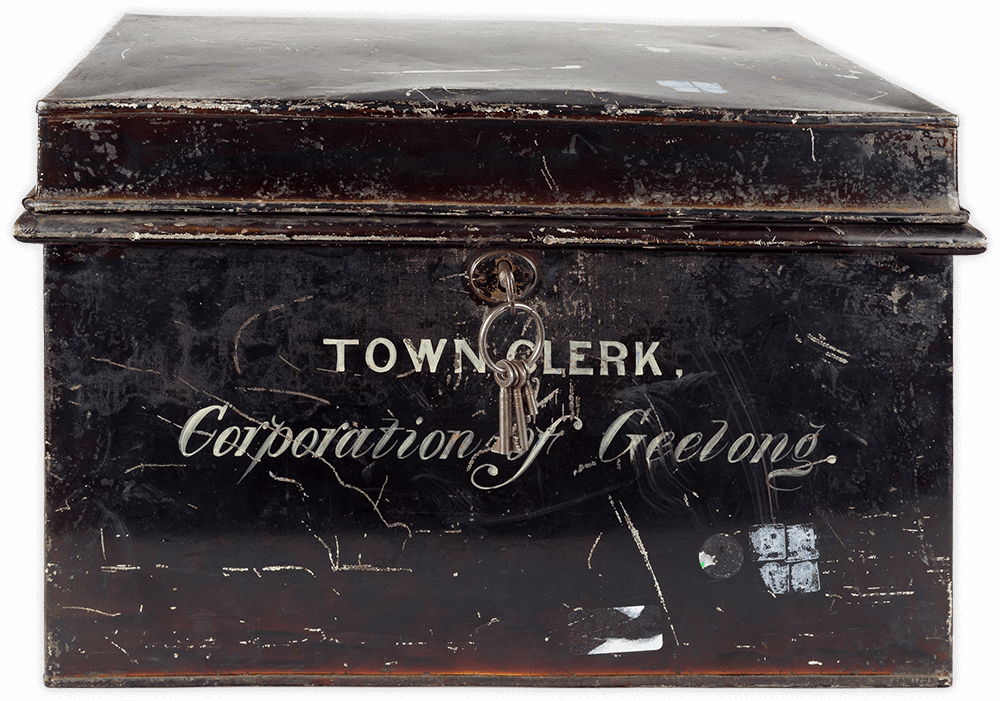
Clock of the Edina
The SS Edina was one of the longest running steam vessels anywhere in the world. Built in 1853, it was used in the Mediterranean during the Crimean War, carried cotton for the Confederate states during the American Civil War and ended its days on Port Phillip Bay, over a century later, making the trip between Geelong and Melbourne. It was only recently relocated during the work for the Our Heritage, Our Collection project.
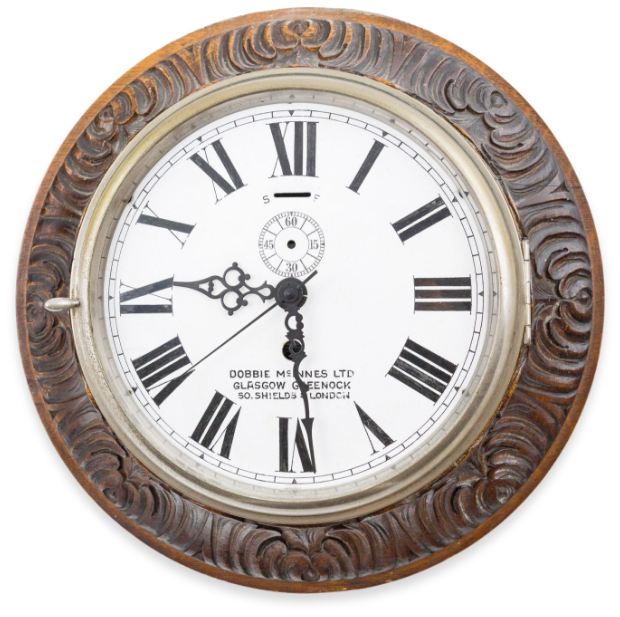
Ceremonial Hunting Grounds
in the You Yangs by Stanley Couzens
Stanley Couzens, a Gunditjmara man and long-time Geelong resident, painted this story upon commission from the Geelong Wool Combing Company. It depicts hunting in the You Yangs, the distinctive granite peaks that overlook the region. In 1993, Couzens’ painting was translated into a pattern by textile designer Jenny McMahon. It was then turned into a jumper using wool sourced entirely from the region. It was fully processed, from fleece to fabric, in Geelong. The jumper was given to attendees at the opening of the Geelong Wool Combing company on 10 December 1993. Among the many guests, was the Prime Minister Paul Keating.
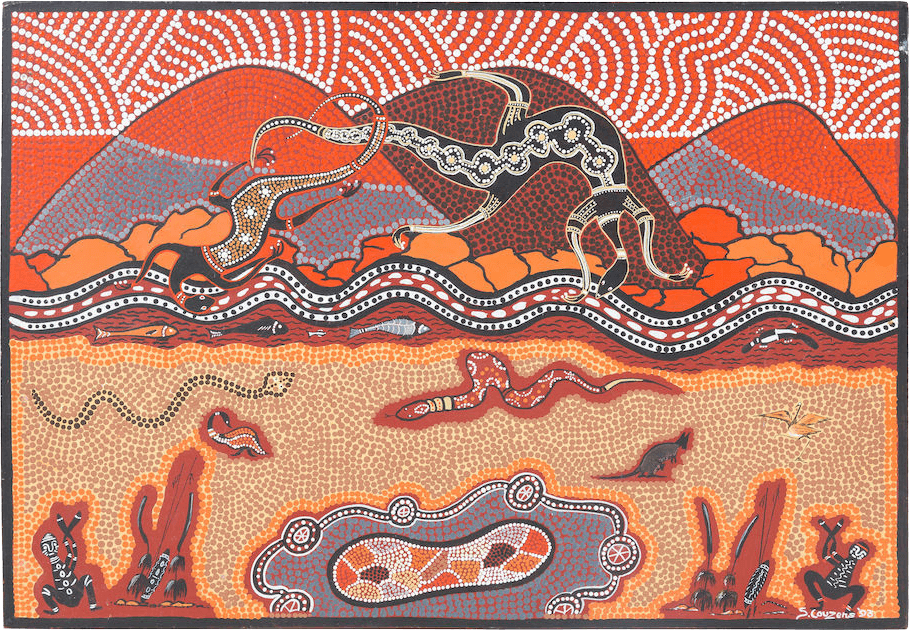
Prince Edward
Corner of Moorabool and Brougham Street
The statue of Prince Albert Edward was commissioned by Sir William John Clark and carved by Charles Summers, founding member of the Victorian Society of Fine Arts to commemorate the death of King Edward VII in 1910. The statue was originally housed in the Melbourne Public Library before being presented to the people of Geelong by the National Gallery of Victoria in 1939. In 2013 the statue was restored, a new head, arm and toe were carved from matching white Carrara Italian marble.
Tattoo Gun
This tattoo gun made from a plastic tooth brush, pen, tape and small battery motor. The gun was used to make tattoos on inmates within the Geelong Gaol. It was seized from an inmate in the late 1980s. At the time it was the oldest inhabited prison in Victoria. The Gaol was designed by Henry Ginn, the first colonial architect of Victoria. It was constructed between 1849 and 1864 using convict labour. The Gaol closed in July 1991.
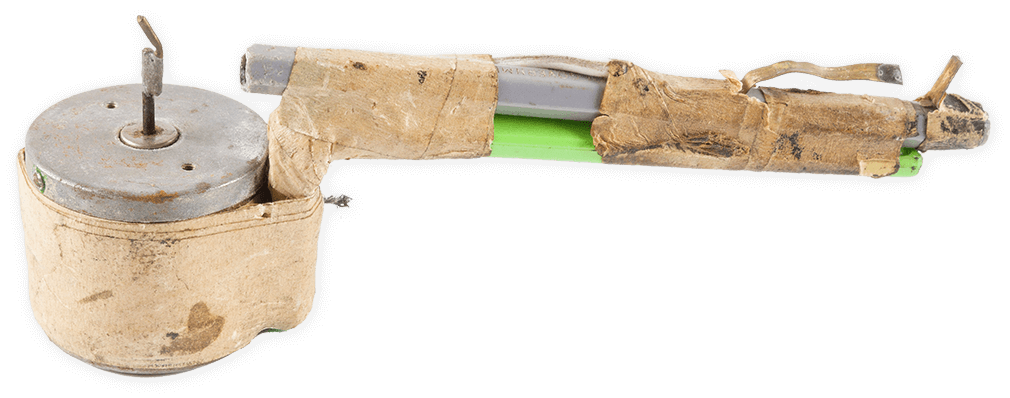
Axminster Loom
The Axminster Carpet Loom was originally built by Brintons in England in 1910 and was later used in their Geelong factory. The loom was in operation until the 1960s and then became a central feature of the National Wool Museum. The loom is known as an Axminster gripper loom. The gripper system was invented by Brintons in 1890 and operates using a gripper shaped like a bird’s beak. This loom also uses a jacquard system for weaving colours. In jacquard weaving, punched cards are used to instruct the loom which colour to use. The system was invented by Joseph Jacquard, a silk weaver from Lyon, and was introduced in 1804. It revolutionised pattern weaving as it had the capacity to create intricate patterns. Charles Babbage was later to adapt Jacquards punch-card system to produce a calculator that was the forerunner of computer programming.
Navy Postcard
This Navy Postcard was the property of Charles Tug Wilson. These postcards were distributed to time poor sailors in order to pass on a message to a loved one without having to take too much time to think of a message. It shows the ways in which defence force staff interacted with the home-front. Did receiving such a postcard carry the same affection as a hand-written postcard?
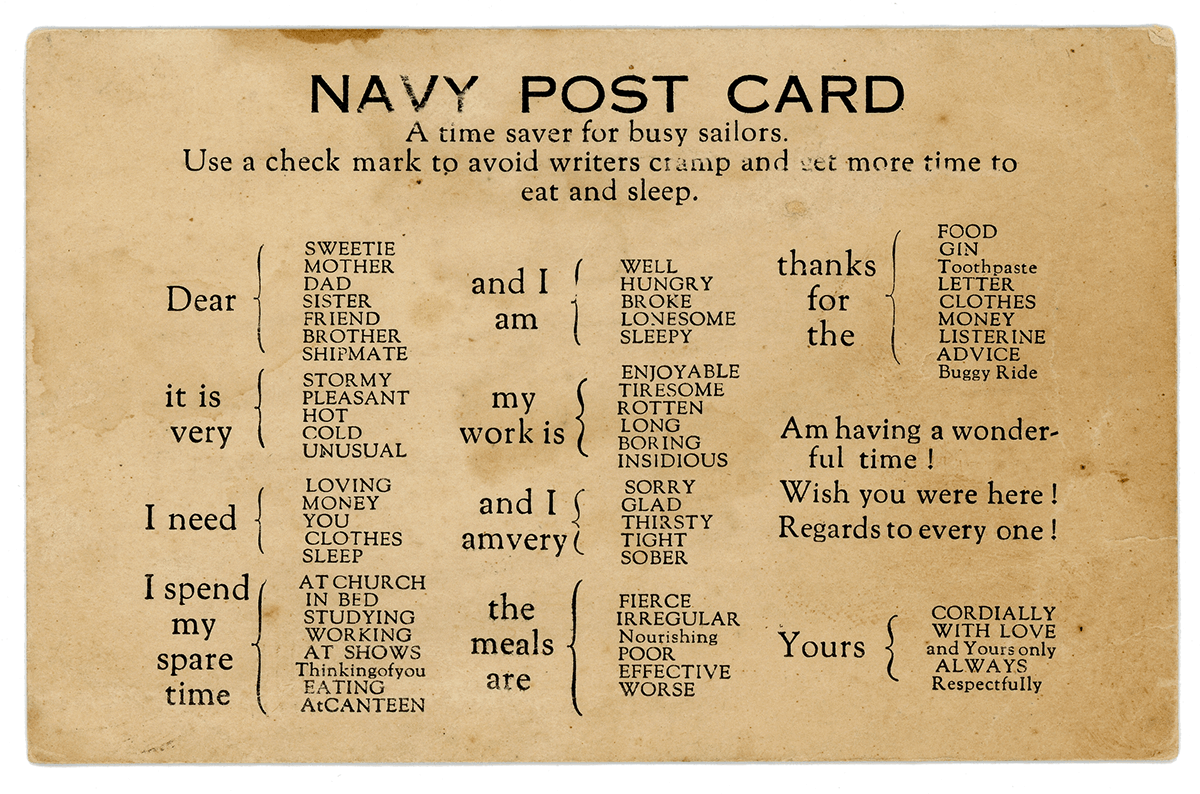
Ceremonial Spade
Engraved and presented to CF Belcher, Mayor of Geelong. Used for turning the first sod of the Geelong and Colac Railway, 23 October 1874.
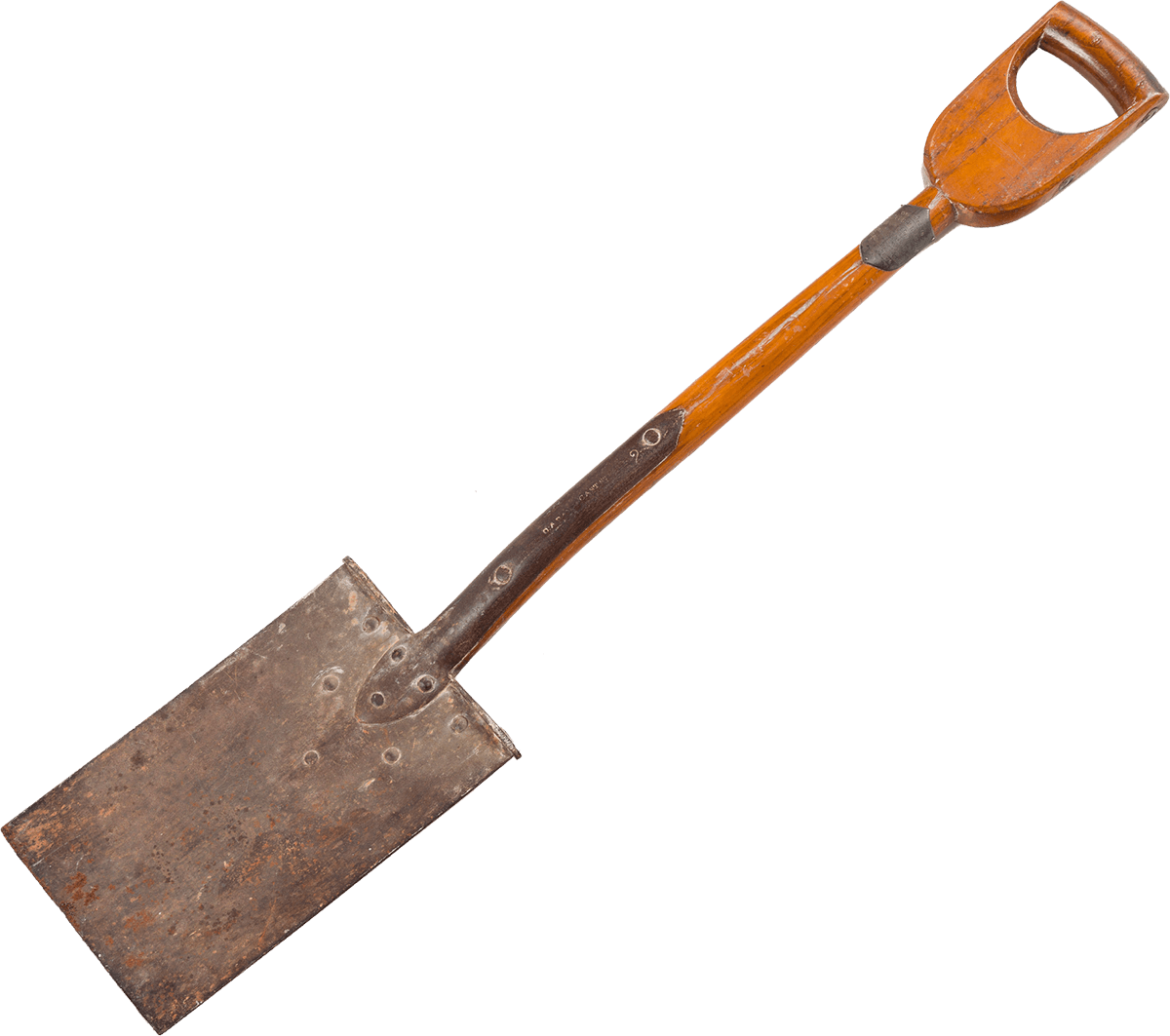
Mayorial Hat
Tricorn ornately styled and finished in black velvet with woven details and ostrich feathers. Formal clothing was regular practice by mayor and councillors for many events throughout the municipality. Such formalities continued for over a century.
To the Unknown Mariner
by Cam Scale
The unknown mariner was commissioned by the City of Greater Geelong in 2015. The enormous artwork by Cam Scale was a made as a tribute to the maritime history of Geelong. The life of a Mariner is not always easy. This mural captures the life and tales of an old man of the sea, a face that has been weathered by time and the elements.
Fragment from MacArthurs first clip
Cloth sample from an opera cloak made in England c1820. Wool for the cloak was clipped from John Macarthur’s merino sheep in 1816. Macarthur is recognised as a pioneer of the wool industry that was to boom in Australia in the early nineteenth century. The British woollen mills were desperate for wool at the time because of the Napoleonic blockade, and the Australian bale sold for a record price. Australia needed a product to sell in European markets which did not perish during long sea-voyages and which offered high value per unit of weight.
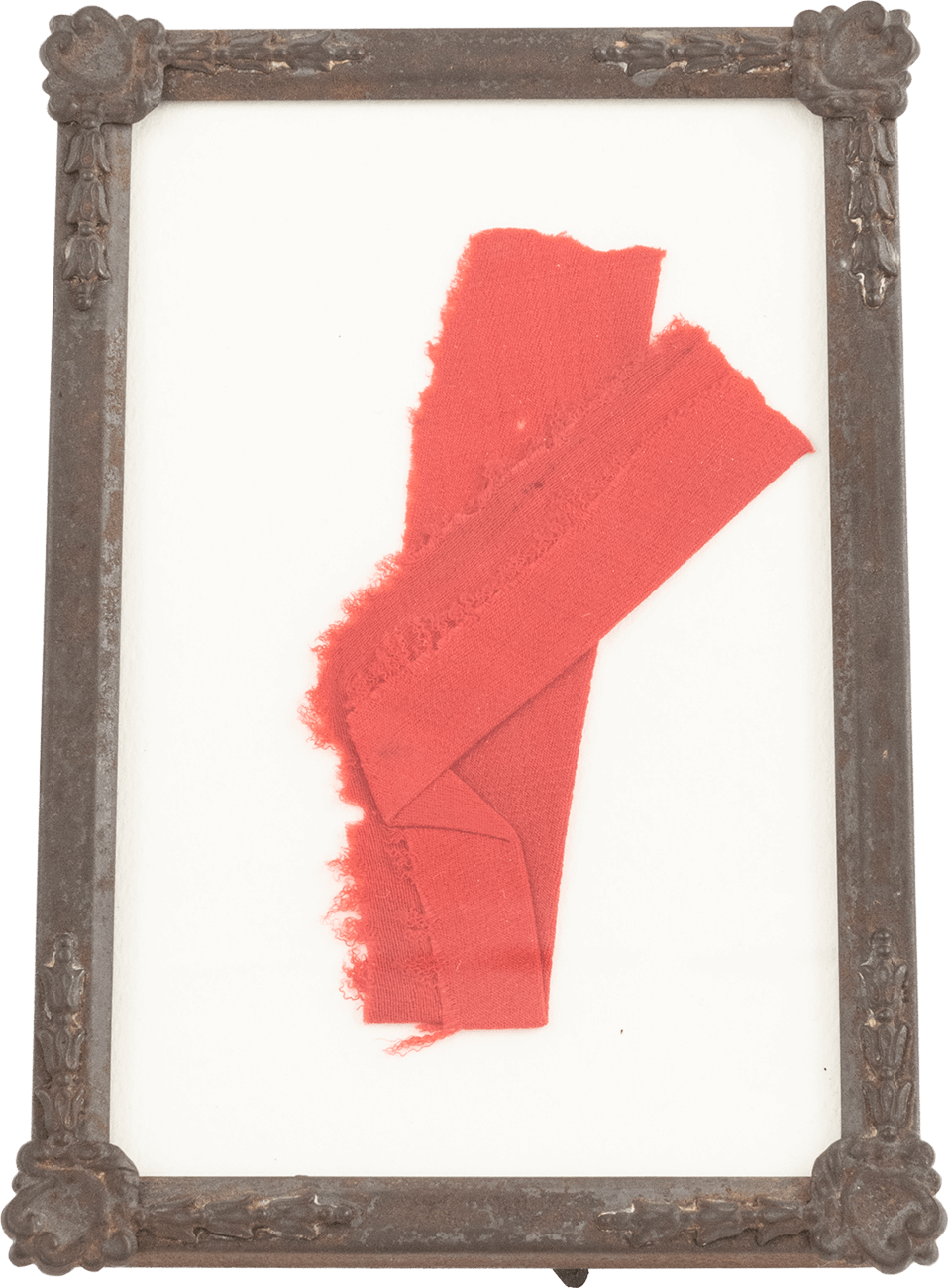
Service Record of Charles Wilson
Certificate
This paper certificate details the service record from Charles “Tug” Wilson who was training in the Australian Royal Navy during World War 1. It states the vessels he served on and for what period of time. Ships included are the HMS Vivid, HMS Europa, HMAS Platypus, HMS Apollo and HMAS Powerful. Wilson switched between both Australian and British ships during his time of service.
Drug Paraphernalia
Drug paraphernalia constructed using a red plastic condiment dispenser, a permanent marker tube and packing tape. This was used to inhale illicit drugs smuggled into the Geelong Gaol by prisoners and others. Seized from an inmate the late 1980s from the Geelong Gaol. (At the time it was the oldest inhabited prison within Victoria. It forms part of a unique collection of contraband items.)
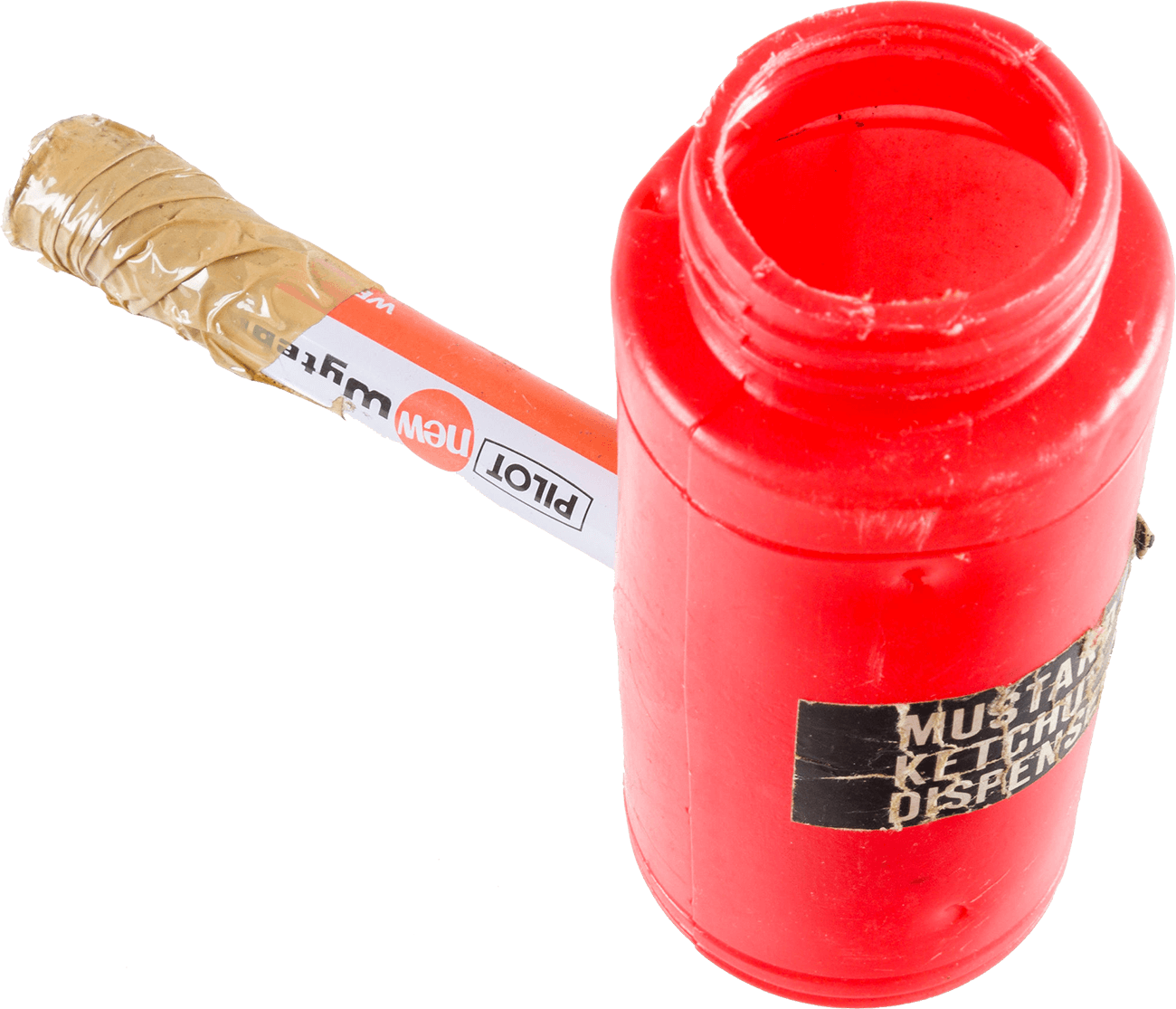
Boer War Memorial
LaTrobe Terrace
The monument was erected by public subscription in 1902 as a historical mark of the Boer War and the Proclamation of Peace on the 2nd of June 1902. The obelisk also commemorates the four Geelong men who lost their lives in the Boer War; Trooper Walter E. Clark, Corporal Eric A. Wilson, Alston T. Dickinson and Francis James.
Cameron Dirk
Beautifully ornamented and engraved Scottish military dirk dating from the 1790s, presented to Comunn Na Feinne Society Geelong in the 1850s and passed on to Newtown Council during their reinvigoration of the Highland Gathering.
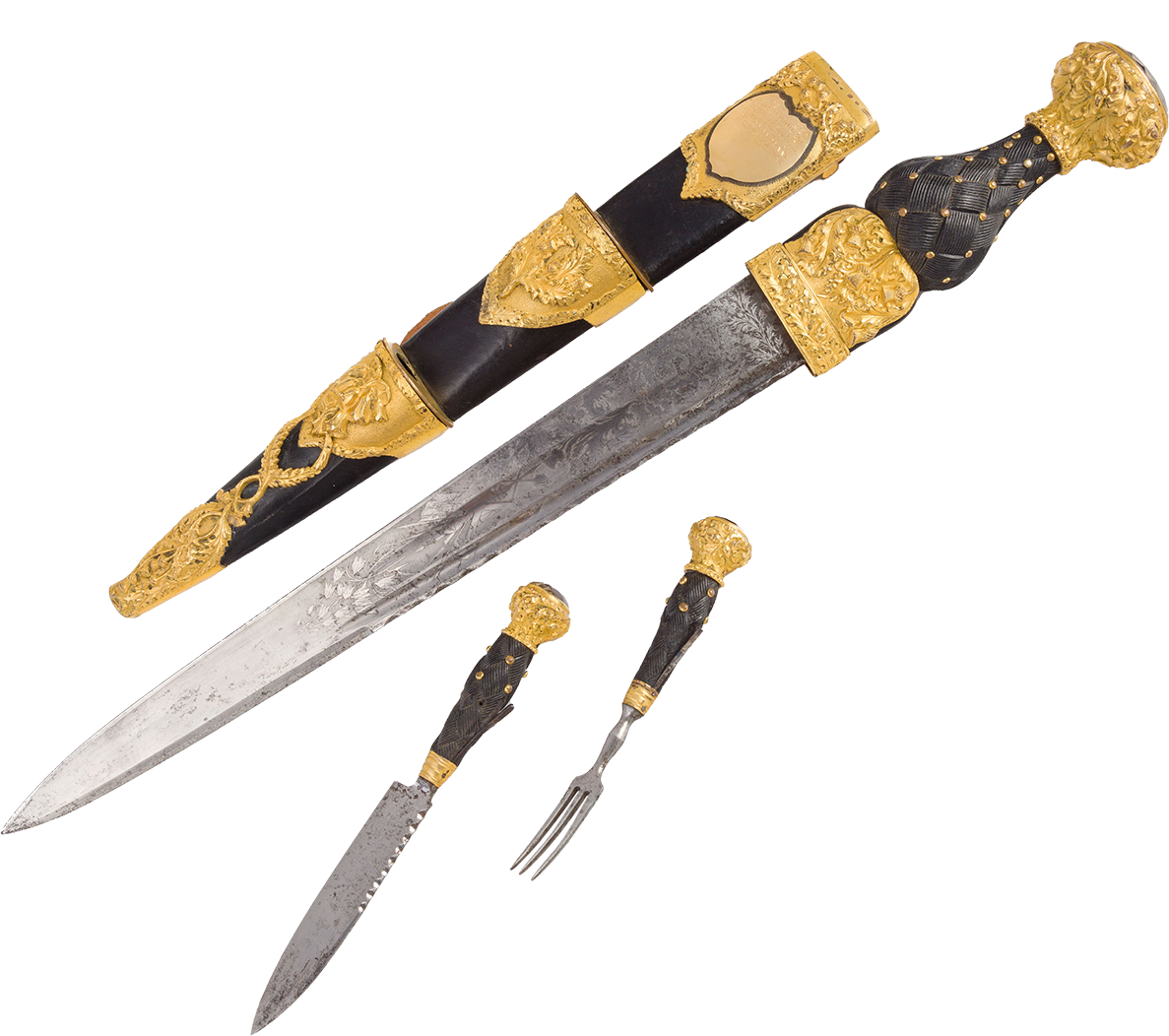
Geelong Council Mayorial Chair
Ornate timber ceremonial chair featuring a carving of the Geelong coat of arms c1860. Until recently the chair was in the foyer of City Hall, it is now held in safe keeping at the Geelong Heritage Centre.
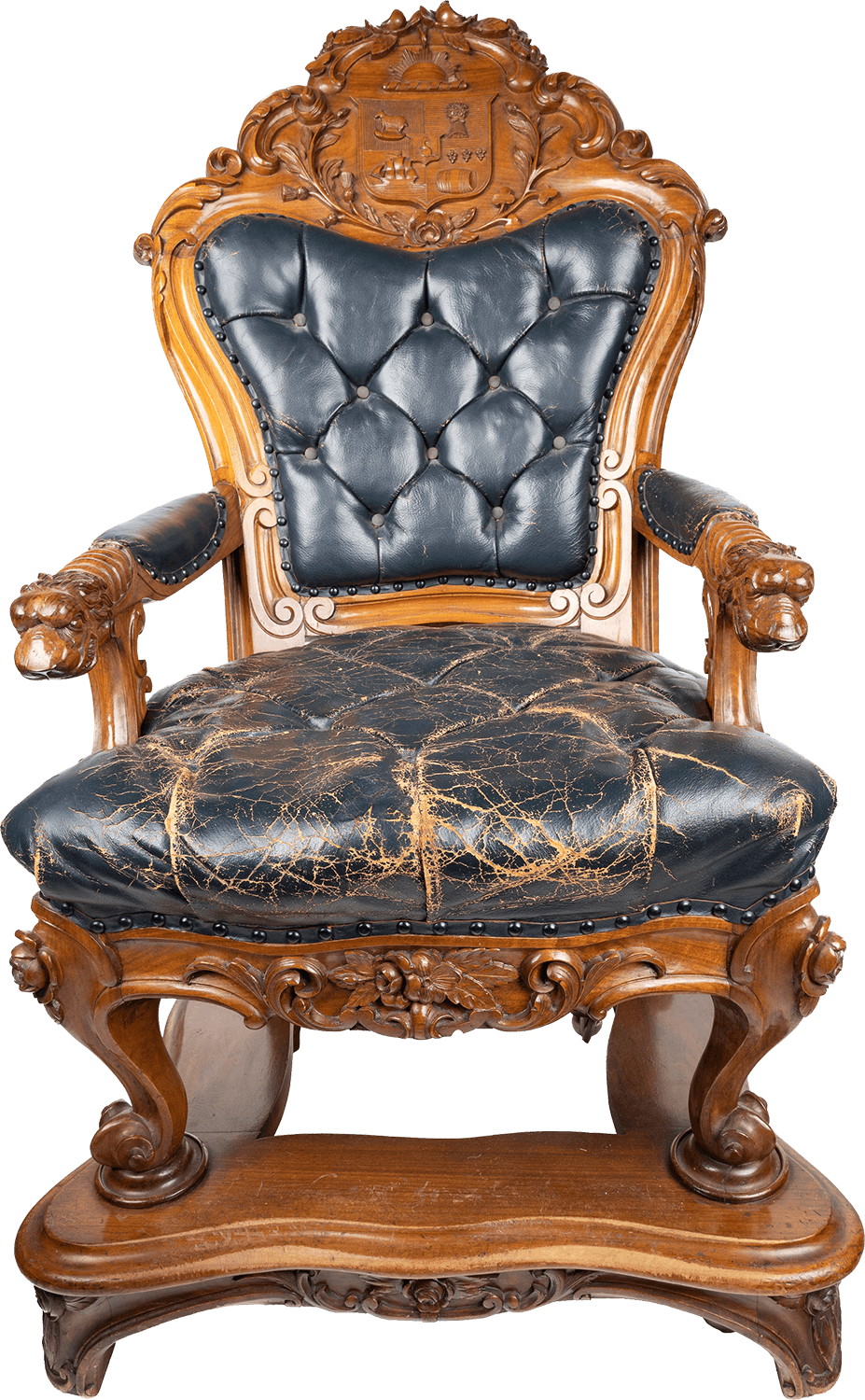
Badges
from Geelong Peace Celebrations
Fundraising badge produced for the Geelong Peace Celebrations in 1919. Many badges were produced at this time for popular causes. Such badges were sold in trams, buses, funds. Funds raised were given to those affected by the War in the Geelong and District region.
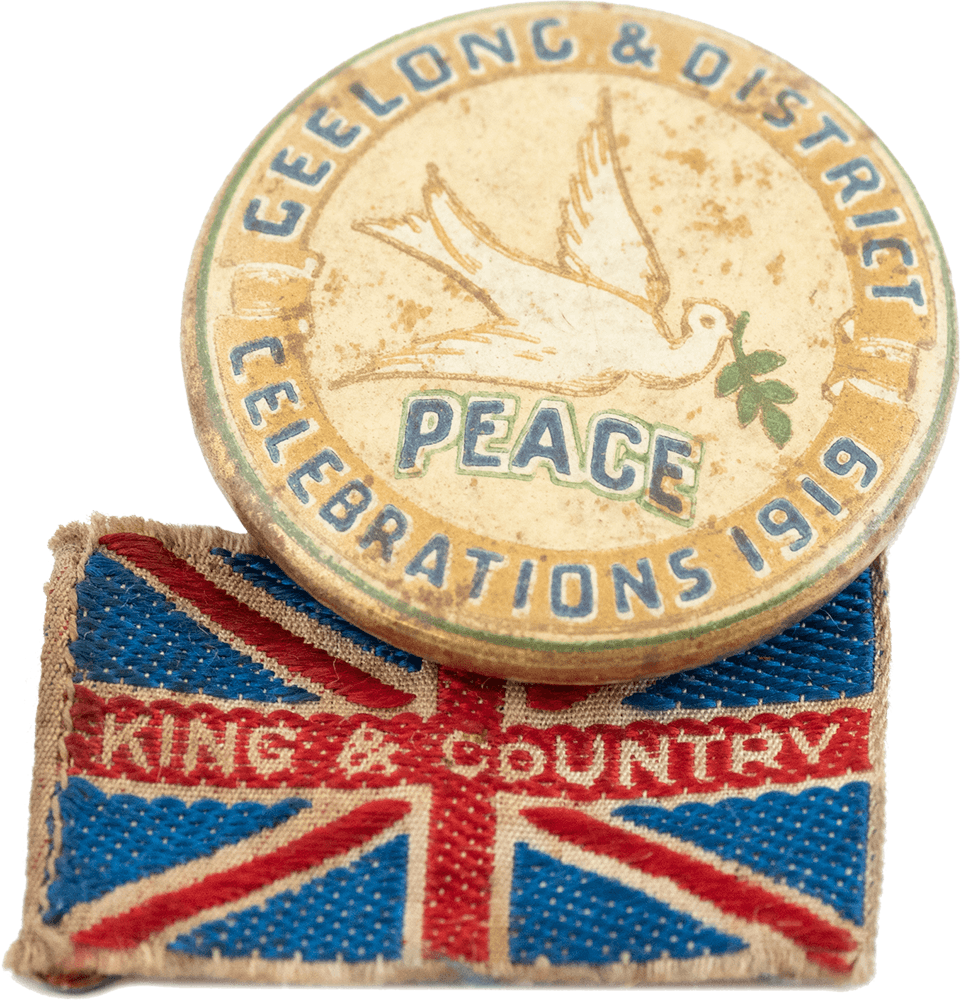
Service Medals
These six medals are part of the Charles “Tug” Wilson collection. From left to right the medals read; MBE, 1914-5 Star, British War Medal WWI, Victory Medal WWI, War Medal 1939-45, and Australian Service Medal 1939-45. The medals were awarded to Wilson in recognition of extensive service to the Royal Australian Navy, achieving the final rank of Lieutenant Commander while serving the nation across multiple decades and conflicts.
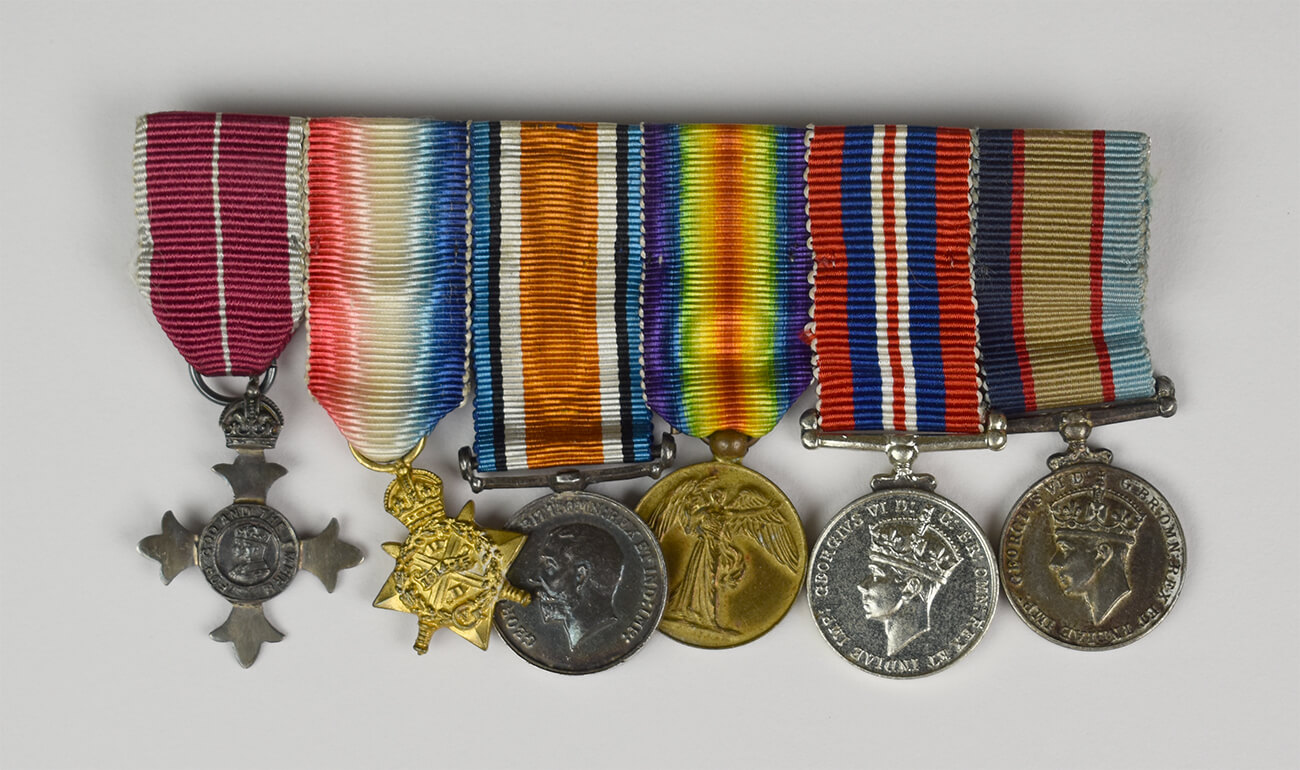
On the Edge of Town
This story details the life of Uncle David Tournier and growing up on the edges of Geelong in the 1960s. A Wadawurrung elder, Tournier made a significant contribution to the Geelong community. Film by Malcolm McKinnon.
Scabbard
In 1913 the Royal Australian Navy inherited the practice of wearing swords for formal dress from the Royal Navy.This sword belonged to Lieutenant Commander Charles “Tug” Wilson. Wilson began with the Royal Navy in World War I and served right through to the Korean War. The sword was well maintained and cared for while it was in service. In recent times, the brass on the hilt is showing signs of oxidisation. This is due to chemical reactions from polishing products historically used on this item during its military service.
Fern & Lycopods Album
This album was compiled from 1872 to 1896 by John Raddenberry, the second curator of the Geelong Botanic Gardens. This 235-page volume contains an impressive collection of pressed fern (botanical) specimens from across the world. Raddenberry was heavily involved in the emerging horticulture scene in Victoria and the book is symbolic of this new pastime and the fern craze that gripped the State. Photos courtesy of Geelong Heritage Centre.
